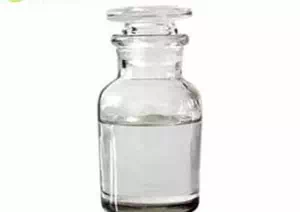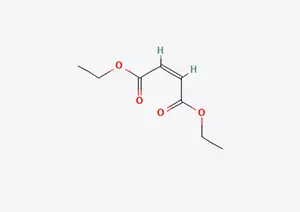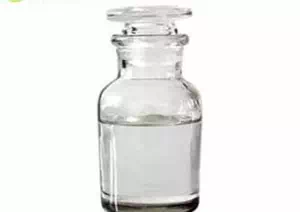All Categories



Diethyl Maleate CAS 141-05-9, Diethyl Maleate, CAS 141-05-9
Diethyl maleate (CAS 141-05-9) is a key intermediate in the pesticide and polymer industries. Its core characteristics include:Versatility: Covering multiple fields from pesticides to chromatographic analysis;
CAS : 141-05-9
Formula : C8H12O4
Mol. wt. : 172.18
EINECS : 205-451-9
| CAS | 141-05-9 |
| Molecular formula | C8H12O4 |
| Molecular weight | 172.18 |
| EIENCS | 205-451-9 |
| Form | Liquid |
| Melting point | -10 °C (lit.) |
| boling point | 225 °C (lit.) |
| Density | 1.064 g/mL at 25 °C (lit.) |
| Solubility | 14mg/l |
| PKA | / |
| Color | Clear colorless to faint yellow |
| Storage temp |
Diethyl maleate (CAS 141-05-9) is a key intermediate in the pesticide and polymer industries. Its core characteristics include:
Versatility: Covering multiple fields from pesticides to chromatographic analysis;
Low toxicity but requires protection: Avoid direct contact and high-temperature decomposition risks;
Mature process: Negative pressure esterification method dominates production, and green catalysis is the trend.
The market classification is clear: industrial grade offers high cost performance (¥600/kg), and scientific research grade purity is preferred (> ¥30/g).
Mainstream method
Under normal pressure, benzene esterification occurs: catalyzed by maleic anhydride + ethanol + sulfuric acid, with benzene azeotropic water removal.
Negative pressure benzene-free esterification: Reaction under vacuum conditions, shortening the cycle and improving purity (industrial preferred).
Green technology
Cation exchange resin catalysis reduces pollution.
Capacity and Consumption
Each ton of product consumes 585 kg of maleic anhydride (95%) and 604 kg of ethanol (95%), and the purity of industrial products is ≥98%.
Pesticide Synthesis (Core Application)
The production of the organophosphorus insecticide malathion (Marathon) accounts for more than 70% of the global usage.
Industrial additives
Plasticizer: Used for the modification of resins, nitrocellulose and plastics.
Solvent: Dissolves polymer materials, such as coatings and adhesives.
Analytical Chemistry
Gas chromatography stationary liquid (maximum operating temperature 40℃), used for the separation of ammonia and potassium ions.
Medicine and Spices
Synthetic drug intermediates (such as antibiotics), fragrances and water quality stabilizers.
Health risk
Acute toxicity: Oral LD₅₀ in rats: 3200 mg/kg (low toxicity), percutaneous LD₅₀ : 5000 mg/kg.
Irritation: It has a slight irritating effect on the skin and eyes. Long-term exposure may cause dermatitis.
Protective measures: Wear anti-corrosion gloves and goggles during operation to avoid inhaling vapor.
Environmental risk
Highly toxic to aquatic organisms (R50). Discharge into water bodies is prohibited
* Prompt reply and 24 hours online, professional team to provide best price and high quality product.
* Sample testing support.
* Every batch of products will be tested to ensureits quality.
*The packing also can be according the customers` requirment.
*Any inquiries will be replied within 24 hours.
*we provide Commerical Invoice, Packing List, Bill of loading, COA , Health certificate and Origin certificate. If your markets have any special requirements, let us know.